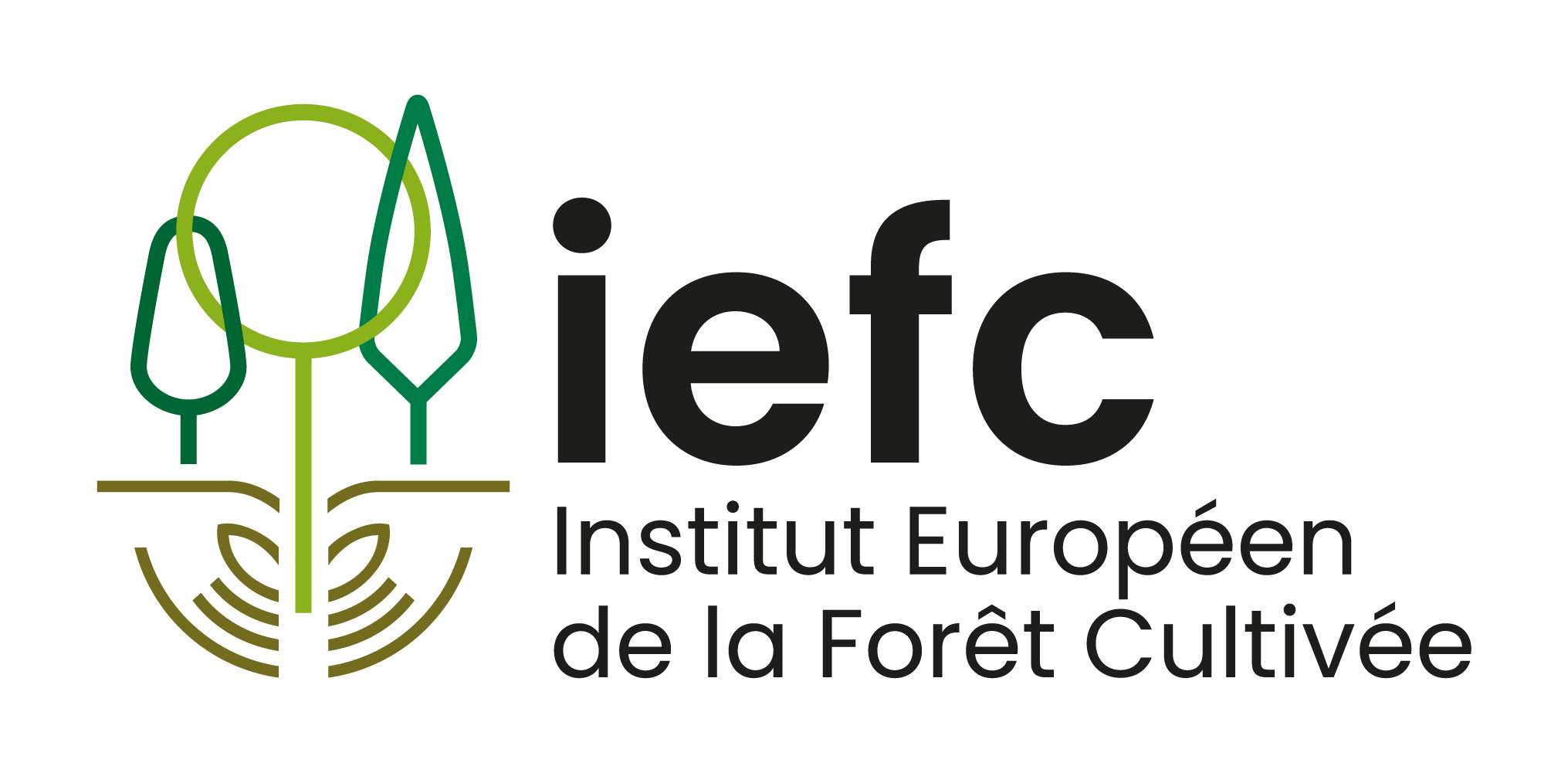
Last December the IUFRO organized the International IUFRO symposium on pine wilt disease (“PWD2020”).
This event was an opportunity to discuss the pine wood nematode and the damage that it causes.
Native to North America, the pine wood nematode, Bursaphelenchus xylophilus was accidentally introduced in Asia where it causes severe damage to trees. Damage assumed to be due to the nematode infection occurred in Japan in 1905, and the nematode was actually detected a few years later. The nematode was subsequently detected in China in 1982, on Taiwan Island in 1985, and in Korea in 1988. It was detected for the first time in Europe in 1999 close to Lisbon in Portugal, and since has spread to nearly the whole country including the Portuguese island of Madeira in 2009. It has also been detected, and eradicated on each occasion, at different locations in Spain since 2008.
The scientific community has been studying this invasive pathogenic nematode, its insect vector (Monochamus spp.), the susceptibility of pine trees, as well as associated fungi and bacteria. This requires a multidisciplinary approach gathering together experts in nematology, entomology, tree resistance, ecology, genetics and modelling.
The pine wood nematode continues to spread around the world. For example additional infestations have been found in Spain (and are currently being eradicated) and it continue to spread in China. But at the same time, there are encouraging results : in Portugal, thanks to containment efforts, no pine wood nematode were found in the buffer zone established along the border with Spain, and the Republic of Korea reported a decrease in pine wood nematode occurrence and relatively good success in spread containment with a set of control and surveillance measures. In addition, pine wilt damage appears to have ceased naturally in some locations in northeastern Japan.
The symposium also highlighted the role of ports in the introduction risk, the importance of genetic breeding programmes to provide a set of resistant or tolerant families of Pinus pinaster, the interaction between the nematode, the insect vector, the host trees, fungi and bacteria, and finally the refinement of surveillance tools (trapping design and lure, aerial surveillance with satellite or drone images to detect affected trees) and the need for training of forest workers to apply best practice.
In order to avoid the establishment of the Pine Wilt Disease, it is essential to careful survey entry hot-spots (i.e. harbours and airports), to detect signs of the presence of exotic insect-vectors in imported goods, and early detection of affected trees in the surrounding conifer forest areas. A key issue is to break the chain before it is too late. Trapping infested immature beetles is importantin preventing pine wood nematode transmissions, but further research is needed since, so far, they do not appear to respond to the available lures. The possibility of asymptomatic (latent) trees also appears very important to take into account in the success of nematode management.
More details and information can be found on the IUFRO website https://www.iufro.org/science/divisions/division-7/70000/70200/70210/activities/ and on the symposium website : https://symposium.inrae.fr/pwd2020/

